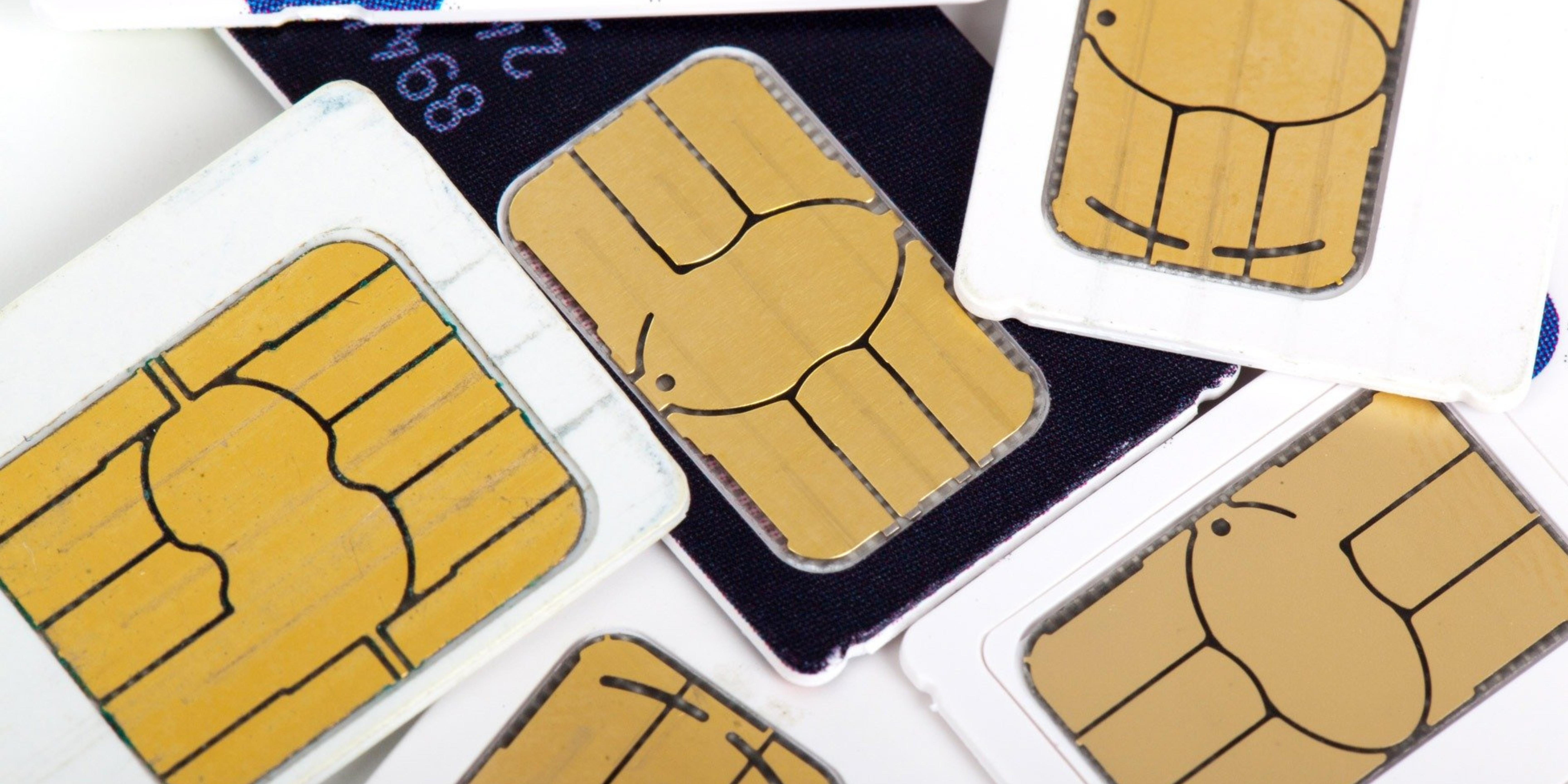
Internet connectivity provided by a mobile network, allowing devices to access the internet when away from a Wi-Fi connection.
The term Mobile Data refers to the mobile internet, which allows your cellular device to do almost anything, like open your browser, Navigate, Post on Instagram, or upload a clip on TikTok, just as long as you are connected to a network.
If your device is not connected via WiFi, its only source of Data sent and received by your Cellular device is the mobile data, usually provided by your 3G, 4G, or even 5G network. Mobile Data is measured in megabytes (MB) and Gigabytes, and when you exceed your monthly or yearly data plan, you will be disconnected from the network,eSIM is a virtual SIM card that allows your cellular device to connect to a network without using a Physical SIM card.
Mobile data keeps you constantly connected to the outside world. When you’re traveling, Mobile internet can be a lifesaver. You can use GPS navigation apps to find your way around unfamiliar cities, look up directions, and book transportation.
Mobile data allows access on the go and keeps you connected to the internet anywhere you may be, which provides access to your email, social media, and favorite websites anytime.
When you travel, you must rely on something other than public WiFi networks because it might be risky. Some public WiFi networks lack proper encryption, making your data vulnerable to eavesdropping. Hackers, including login credentials, financial information, and personal messages, can intercept your online activity.
Have you ever wondered how your phone stays connected to the internet even miles away from any WiFi hotspot? The secret lies in the intricate choreography of connectivity via cellular network towers. These ubiquitous structures act as signal relay stations, transmitting and receiving your data through radio waves.
When Scrolling through social media, your phone sends data packets to the nearest tower. This tower then uses the deployed network technology, 3G, 4G, or the lightning-fast 5G, to relay the packets through cables and data centers. Think of it as a high-speed digital highway where your data hitches a ride to reach the desired website or app. The information returns, hopping from tower to tower until it lands on your phone. And boom! You’re instantly connected. This invisible dance of data allows you to stay seamlessly connected, stream videos, share updates, and navigate the virtual world, all thanks to the tireless efforts of your local cellular network towers and the ever-evolving technologies like 3G, 4G, and now 5G.
Navigating the labyrinth of data plans can be frustrating. You can choose between the freedom of the prepaid plans Or the reliable format of monthly plans. Both options have their advantages, but before you choose one, you need to ask yourself some questions about your habits:
Track your typical data usage. Are you a casual web surfer or a video-streaming beast? Understanding your data appetite is crucial. Unlimited monthly plans offer all-you-can-eat data, which is great for heavy users. But if you’re a light user, consider a limited plan with budget-friendly rates.
Network coverage is no joke. Research coverage maps and speeds to ensure you’re continually supplied with data and service. Combine your data plan with other services like voice and TV for a power-up and save on your overall digital services.
We’re not here to judge your endless Instagram scrolls or YouTube marathons. We’re here to equip you with the secrets to managing your data like a master, transforming your phone from a bandwidth black hole into a loyal, budget-friendly friend.
Staying on top of your mobile data usage is crucial in the age of constant connectivity. Going over your data limit can lead to hefty charges, but tracking your usage is easier than you think, and there are various methods to choose from.
Built-in Sleuth
Your phone itself is often the best detective. Most smartphones have built-in data trackers nestled within the settings. On iPhones, venture into Settings > Cellular, while Android users can navigate to Settings > Network & Internet > Data Usage. Here, you’ll find a detailed breakdown of your data consumption, often categorized by app and timeframe.
If the built-in trackers feel a bit basic, consider enlisting the help of dedicated data management apps. These third-party sleuths offer a more comprehensive range of features, like real-time data monitoring, usage alerts, and app-
specific data restrictions. P
Your mobile carrier can also be a valuable source of data intel. Most carrier’s-carrier websites and apps provide detailed usage breakdowns, billing info, and tools to purchase additional data or change your plan.
First, be picky:
Second, embrace encryption: Look for the “https” before website addresses; it means your data is encrypted and less vulnerable to prying eyes. Avoid entering sensitive information like passwords or credit card details on unencrypted connections.Third, software shield: Keep your device’s software, operating system, and antivirus updated. Hackers love exploiting outdated software, so patch those vulnerabilities regularly.Fourth, firewall fortress: Enable your device’s firewall for an additional barrier against unwanted intrusions. It acts as a bouncer, only allowing authorized traffic through.Remember, even with these precautions, a healthy dose of skepticism is vital. Avoid downloading unknown files, resist clicking suspicious links, and be mindful of what you share online. With a bit of awareness and these simple tips, you can reap the benefits of WiFi while keeping your digital life safe and sound.
Gigabytes in your Data plan may sound boundless, but they can quickly evaporate when dealing with bulky images and videos. Shrinking your multimedia is easy and will help you save a lot on your data usage.
Image Slayers:
Video Vanquishers:
Banishing the YouTube Binge:
Silencing the Spotify Shuffle:
Remember, autoplay isn’t exclusive to YouTube and Spotify. Many websites and apps employ it, often with less apparent controls.
An eSIM, or embedded SIM, is a virtual chip soldered to your device that replaces the removable plastic SIM card. It lets you switch carriers remotely, store multiple profiles, and even connect wearables to cellular networks without any tiny trays or lost pins! Think of it as the SIM card’s sleek, convenient, and future-proof upgrade.
Imagine a tiny, reprogrammable chip embedded right inside your phone. That’s your eSIM! Unlike its traditional counterpart, it doesn’t require physical insertion or removal. Instead, it stores your cellular network profile electronically.
So, how does the data flow? You choose your carrier and data plan.
Think of it like downloading an app for your cellular connection! eSIM offers a seamless and secure way to manage your mobile data.
Mobile data allows you to use the internet on your cellular device when you’re not connected to WiFi.
Benefits of Mobile Data:
eSIM is a virtual SIM card embedded in your device.
This eliminates the need for a physical SIM card, allowing you to:
Benefits of Using eSIM:
Mobile data and eSIM offer convenient and flexible ways to stay connected. By understanding how they work and using them wisely, you can make the most of your data plan and enjoy the many benefits of being connected on the go.
Our Customer Support Center can be contacted
directly via live chat, which can be accessed by
clicking on the round blue message box located at the
bottom right of our website or via email
at [email protected]
Have a pleasant trip
Globalesim Team
